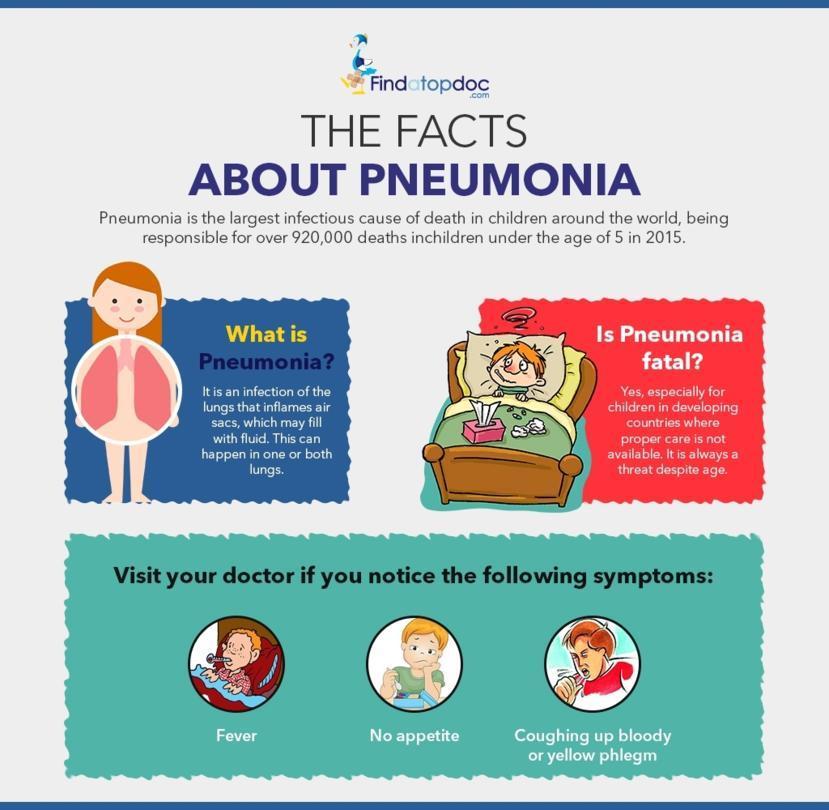Diagnosing Pneumonia

Pneumonia is a serious lung infection that can be caused by bacteria, viruses, or fungi. It is a common disease, especially among the elderly and bed-ridden patients. Although it is quite serious, it can be easily treated.
Before beginning the treatment for pneumonia, you have to confirm the diagnosis of pneumonia. Next, the severity of the disease should be assessed. After assessment and diagnosis, the treatment is started and the progress is monitored regularly.
How is pneumonia diagnosed?
Pneumonia is diagnosed by having a chest X-ray. During your initial physical examination, if your doctor hears crackles or crepitation over your lungs, then they will order a chest X-ray to confirm this. This is just one reason why doctors order a chest X-ray when they suspect pneumonia.
Other reasons for ordering a chest X-ray is to look for any complications such as a pleural effusion, wherein excess water builds around the lung, and to exclude any other pathological diseases such as tumours. Sometimes, pneumonia can be caused due to a co-existing disease. For example, a tumour in your bronchus may increase the chance of having pneumonia. A chest X-ray will also help to identify any related pathologic disease if present.
Your doctor may also order other tests to exclude other conditions that may produce similar symptoms. Other tests that may be ordered by your physician include:
- Electrocardiogram (ECG) – test used to check the activity of the heart.
- Echocardiogram – to check the function of the heart, particularly how well the ventricles contract.
- CT thorax – gives a detailed image of your thorax.
- Blood tests – this test is quite useful as many abnormalities can be detected with blood tests. For example, a full blood count will show a high or decreased white blood cell (WBC) count. The C-reactive protein (CRP) test will indicate that there is an ongoing infection in the body. Usually, the level of CRP will be more than 40 in a case of pneumonia. If the CRP level is below 40, then the diagnosis should be reconsidered.
- Sputum culture – to check the causative organism of pneumonia, so that specific antibiotics directed to that organism can be started.
- Antibiotic Sensitivity Test (ABST) – an ABST is also very important to find out the antibiotics that the cultured organism is most sensitive to.
Once the diagnosis of pneumonia is confirmed, your doctor will start treatment as early as possible. Pneumonia is an easily treatable disease if proper and accurate medications are given to the patient.












